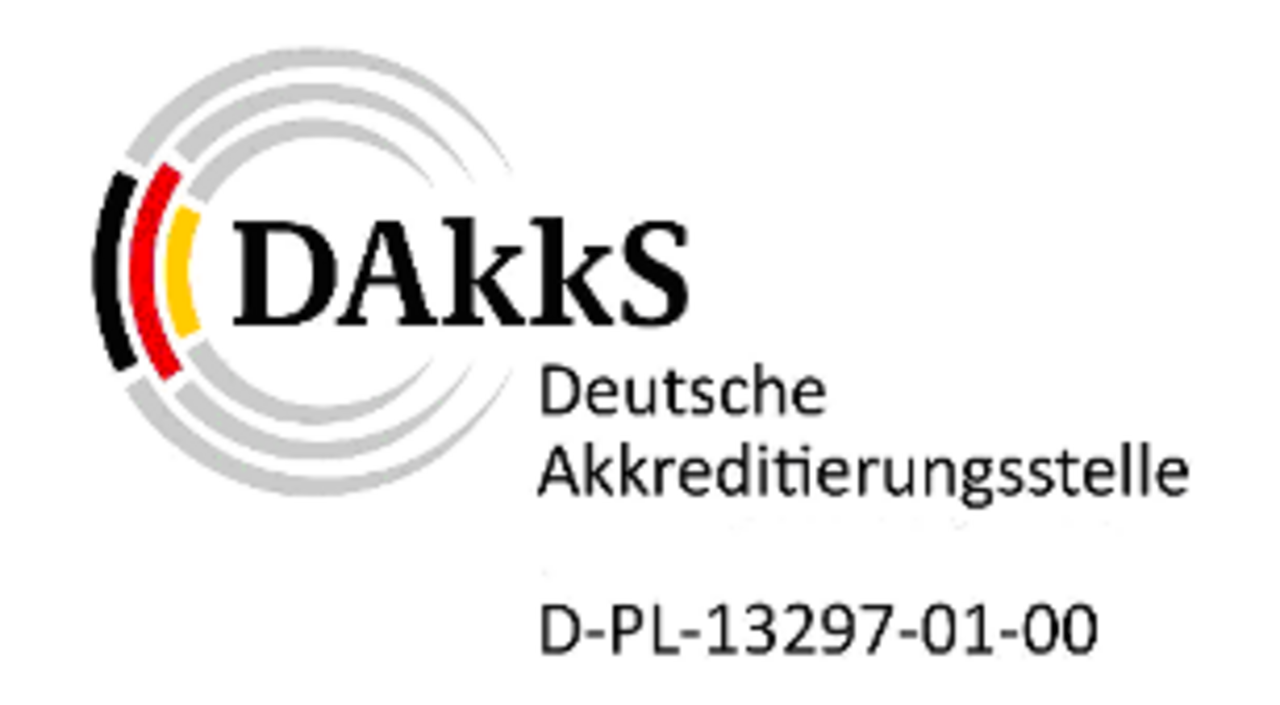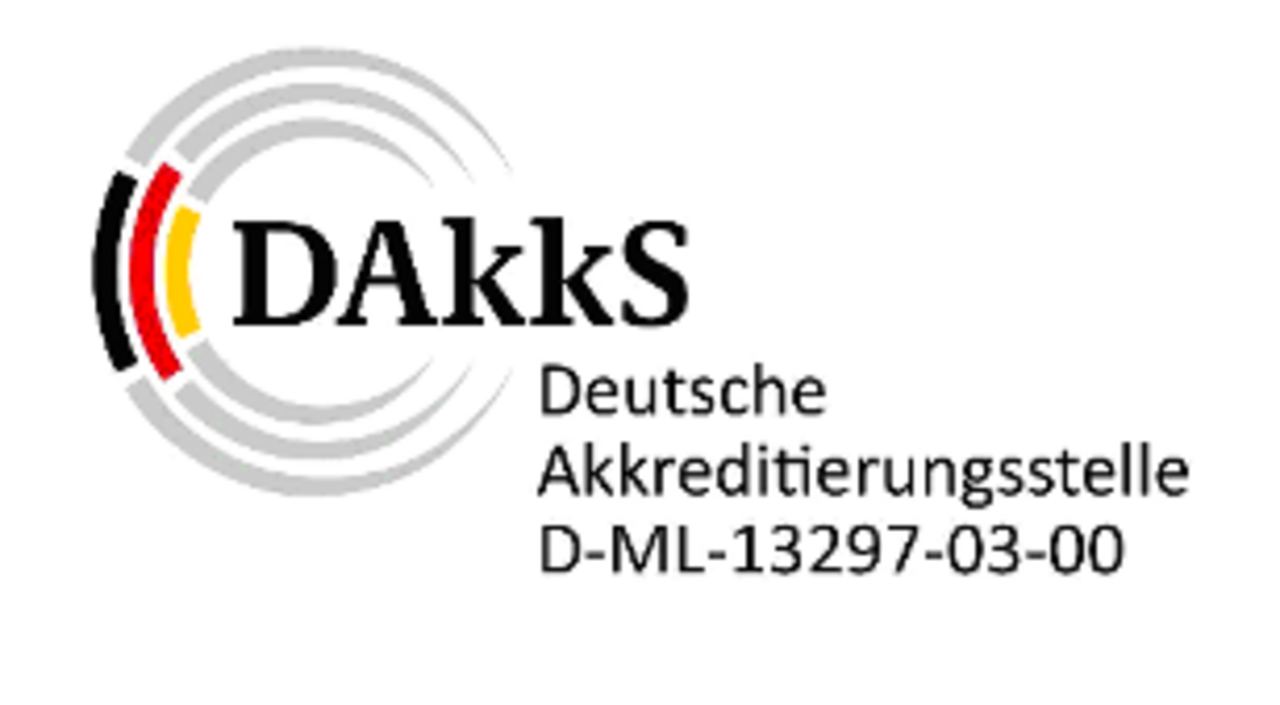Laboratory of Roland Lang, M.D.
Balancing innate immune activation and deactivation
The question driving our research is how the immune system generates resistance to infection without causing excessive inflammation. This implies a need for efficient sensing of microbes, production of inflammatory cytokines that direct adaptive immune responses, and regulatory mechanisms to prevent immunopathology and achieve resolution of inflammation.
Innate immunity’s pattern recognition receptors trigger rapid and robust anti-microbial responses. In a collaboration with the lab of Anja Lührmann, we recently showed a pivotal role of TLR-MyD88 in efficient sensing and elimination of Coxiella burnetii, the cause of Q fever in the mouse model in vivo (Kohl 2019). Like Q fever, tuberculosis is caused by an intracellular pathogen surviving in macrophages. We have discovered that the cord factor of the mycobacterial cell wall activates macrophages through the SYK-CARD9 pathway after being sensed by the C-type lectin receptor Mincle (Werninghaus 2009; Schoenen 2010), leading to strong Th17 immunity (Desel 2013). Dissecting the requirements for Mincle activation by microbial glycolipids and identification of signaling and transcription factors involved has been a focus of the lab (Schoenen 2014; Huber 2016; Ostrop and Lang 2017; Schick 2017; Hansen 2019, Huber 2020). Since we found that IL-4 inhibits expression of several Dectin-2 family C-type lectin receptors in mouse and human (Ostrop 2015; Hupfer 2016; Lang and Schick 2017), we are now investigating the functional consequences of CLR regulation by different cytokines (Schick 2020). In addition, the role of TDM-Mincle signaling in immune evasion by mycobacteria is addressed in ongoing work.
The risk of collateral damage creates a need for endogenous molecular brakes. In previous studies on the mechanism of macrophage deactivation by IL-10 (Lang 2002), we have identified several molecular players in attenuating and specifying the responses to pattern recognition and cytokine receptor signaling (Lang 2003). Follow-up studies have shown that SOCS3 determines the outcome of IL-6 type cytokine receptor signaling and thereby regulates inflammation and host defence to mycobacteria (Schmok 2017). Members of the family of dual specificity phosphatases (DUSP) are strongly regulated in immune cells and provide negative feedback control (Hammer 2005; Hammer 2006; Rodriguez 2010; Niedzielska 2014) as well as modulation of the response in different cell types (Niedzielska 2015). Insights into the mechanisms of activation and deactivation may be harnessed for immune modulation: more robust innate immune activation for improved vaccination, or attenuation of pathological acute or chronic inflammatory responses.
Recent Specific Research Projects
- Host and pathogen determinants in Q fever resolution and chronicity (DFG, CRC 1181, TP A06, 2. Funding period 2020-2023)
- Modulation of C-type lectin receptor expression by helminth or HIV infection: setting the threshold for sensing of mycobacteria? (DFG, LA 1262/8-1, 2020-2023)
- Tuning of adaptive immune responses by TNF at the level of C-type lectin receptor expression (DFG, GRK 2599, TP 7, 2021-2024)
- Reprogramming of macrophages by the mycobacterial cord factor (CRC 796, TP B06, until 12/2017)
- Regulation of Mincle and other Dectin-2 family C-type lectin receptors by Th2 cytokines (GRK 1660, TP A02, until 04/2019)





